Description
Name in North American Boletes: Boletus bicolor and Boletus bicolor var. subreticulatus
Genus: Baorangia
- Genus 2: Boletus
Species: bicolor
Common Name: “Bicolor Bolete”
- Common Name 2: “Red-and-Yellow Bolete”
- Common Name 3: “Two Color Bolete”
Tells: Red cap fades w/age. Shallow, bright yellow pores may bruise blue, esp. when mature. Red-and-yellow stem. Red bug holes in yellow stem flesh.
Other Information: Cap flesh is usually lighter than stem flesh (buff-yellow above true yellow). Flesh blues vaguely, if at all. Deeper tubes prove you have a different species but shallow tubes do not prove it’s this one because that’s also true for other mushrooms. Stem may have a little netting, but that is rare, and the skin will often bruise blue on young specimens when handled with damp fingers. A secret tell: the red on the stem often develops from spots and dots in this species, versus expanding streaks in other ones.
Science Notes: Though often confused with members of the genus Lanmaoa and Pulchroboletus, this critter is in a very different genus from the DNA perspective. Fortunately, it seems that the non- and slow-bluing ones are pretty much all good edibles, with some being truly prime. The genus name “Baorangia” comes from the Chinese words for “thin pore layer;” a fact that illustrates one of the weirdest distributions you can imagine: common in the American Northeast, common in Nepal/China, and that’s about it. Amazing! In fact, this species has been removed from both the Texas and Florida regional filters because modern experts have relocated all those finds into local species – most often Pulchroboletus rubricitrinus.
About the colors… red and yellow are very common colors for boletes because (a) yellow is a typical ground color, and (b) red notes are caused by slow oxidation of various organic acids found in hundreds of species. Those colors also tend to be mutable with age and environment, so do not give them too much importance as ID clues.
Edibility: Good to choice, with caution. Some specimens have been known to cause GI distress even in experienced foragers who have eaten and enjoyed the species before. No one is sure why, but the leading speculations lean toward either lookalike crypto-species (DNA testing has cast doubts on this one), some environmental factor such as uptake from the local soil, or the ever-popular “other.”
CHEMICAL TESTS:
- NH4OH (Ammonia): No reaction.
- KOH: Cap surface has no reaction. Cap flesh turns orange to pale yellow.
- FeSO4 (Iron Salts): Cap surface turns black. Cap flesh turns blue/gray to olive.
Links:
 |
566 |  |
316 |  |
97 |  |
74 |



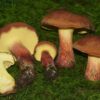



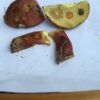
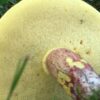
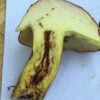

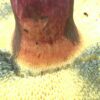
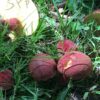


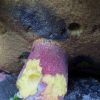
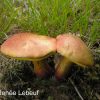
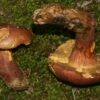
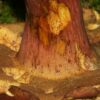
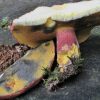
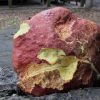


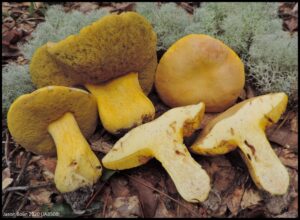

Got something to discuss?